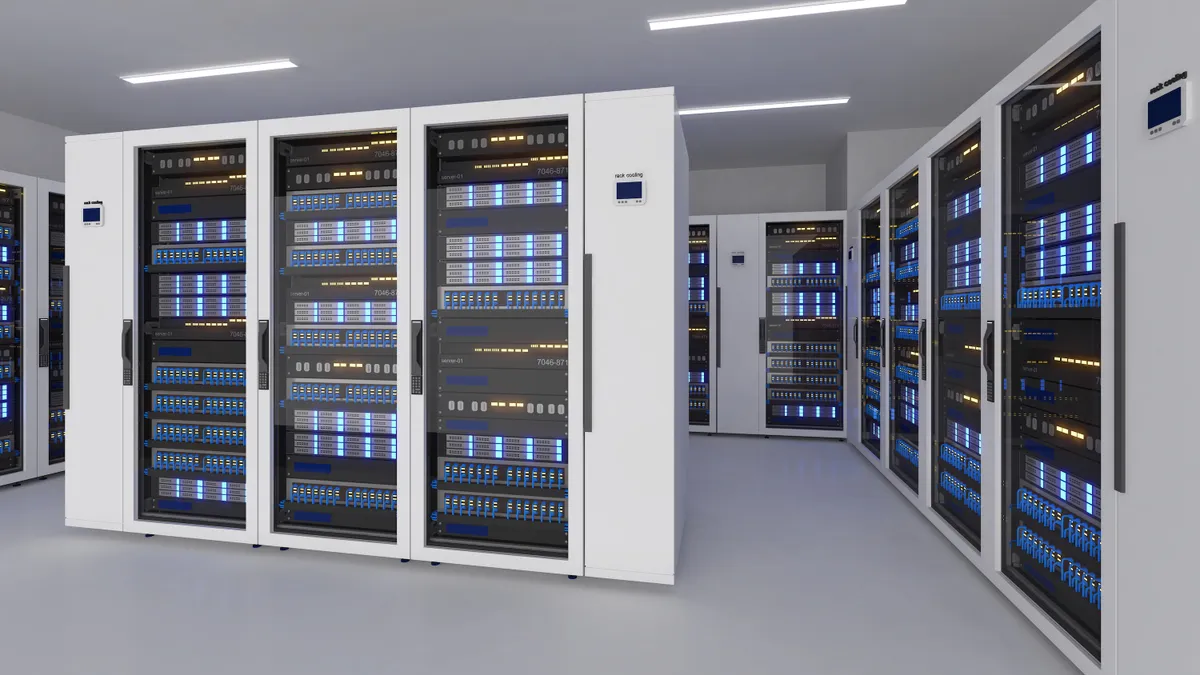Dive Brief:
- Enterprises are struggling to unlock data goldmines locked in legacy mainframe applications for business insights, analytics and AI adoption, according to a Rocket Software report. The software company commissioned Foundry to survey 213 data analytics, management, engineering and architecture professionals in May.
- More than three-quarters of respondents said accessing mainframe data and contextual metadata is a challenge and nearly two-thirds have had trouble integrating mainframe and cloud data sources.
- There is a disconnect between cloud and mainframe culture, according to Michael Curry, president of data modernization at Rocket Software. “You have teams that don't understand each other,” he said. “They’re trying to get to data that lives in applications written in technologies that don't facilitate the use of cloud tools.”
Dive Insight:
As enterprises build out cloud deployments and ramp up generative AI adoption, executives are eying the rich data deposits locked away in mainframe applications.
More than half of respondents to the Foundry survey say creating analytical tools and fueling business initiatives hinges on access to mainframe data. But only a little more than one-quarter have the capability to leverage mainframe data assets.
“The value of that data is so much higher than a lot of other data, because it is the real time flow of transactions — it represents what's happening at a ground level,” Curry told CIO Dive. “The business has been codified in those applications for years.”
The mainframe has weathered more than a decade of movement to cloud without losing its grip on the enterprise. Businesses still run roughly 70% of global transactions by value on mainframe systems, according to IBM.
“The rule sets, the logic and all of the connections and integrations built over that time represent business decisions, relationships that have been formed and the integrations and acquisitions that have happened,” Curry said. “You can't just replace that stuff.”
Rather than migrating the data to the cloud, companies are looking to run compact, task-specific models in hybrid environments, according to Kyndryl research. Bringing the AI on-prem to consume proprietary data rather than piping massive data streams into the cloud helps allay security and compliance concerns, Kyndryl found.
IT leaders have also turned to generative AI coding tools to help modernize legacy COBOL applications, according to a recent IBM report. However, refactoring applications is generally a better option than full rewrites, which are prone to failure, according to a Forrester report commissioned by Rocket Software.
“Rewriting is the nuclear option,” Curry said. “A lot of people have tried it and failed.”
Most organizations can tap into core mainframe applications and extract value without a major overhaul — once they’ve identified and classified the data they want.
IT owns the mainframes running the workloads, but the applications are tied to the business. When executives see the results of cloud data initiatives, they want to know why their data isn’t in there, Curry said.













